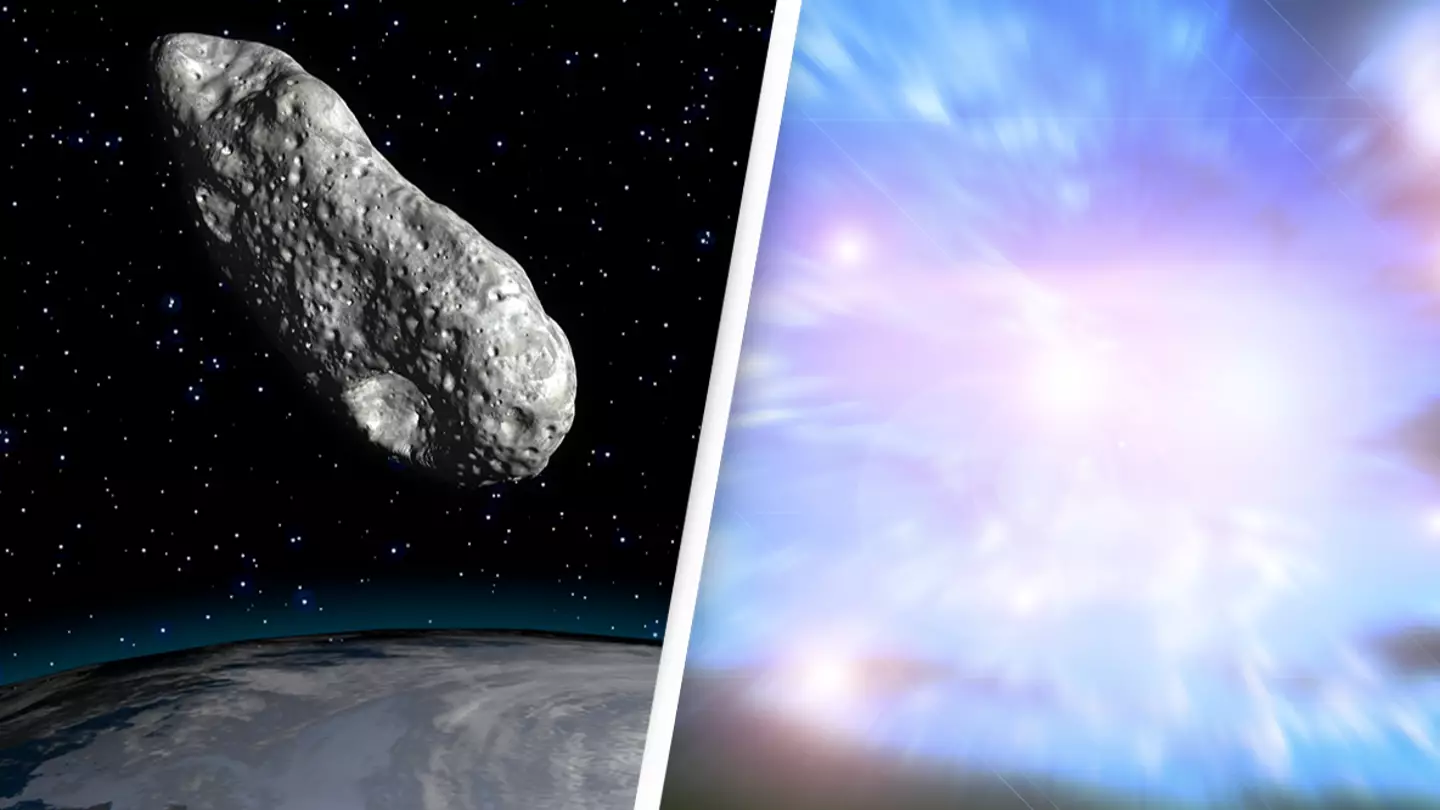Over the past ten years, we’ve been treated to some mesmerizing astronomical phenomena. From the rare sight of a total solar eclipse to witnessing the sun’s increased activity and the breathtaking auroras it has sparked on Earth, it’s been a phenomenal time for sky-watchers. But brace yourselves, because something even more extraordinary is on the way—a space event that’s among the rarest our world has ever witnessed.

The asteroid known as 99942 Apophis is set to make a close approach to Earth in the coming years, capturing the attention of astronomers and space enthusiasts alike. Discovered in 2004, initial observations of Apophis rated it a level two on the Torino impact hazard scale, indicating a relatively low risk of it impacting Earth. However, more recent studies, specifically in December last year, have escalated it to level four. This shift was due to findings that there’s a 1.6 percent chance of the asteroid colliding with our planet in 2029.
So, what does level four on the Torino scale mean for us? According to NASA, it signifies “a close encounter, meriting attention by astronomers.” The risk of a collision capable of causing regional devastation is pegged at 1 percent or higher. While further observations are likely to downgrade the threat level, the proximity of such an encounter—less than a decade away—warrants public and official attention.
Despite the initial concerns, NASA has confirmed that Apophis will not collide with Earth in 2029, nor in 2036 or 2068. Davide Farnocchia from NASA’s Center for Near-Earth Object Studies reassures us, stating, “A 2068 impact is not in the realm of possibility anymore and our calculations don’t show any impact risk for at least the next 100 years.”

When 2029 does roll around, Apophis will pass within just 32,000 kilometers of Earth’s surface—closer than some of our satellites. This proximity will allow it to be visible from the Eastern Hemisphere without the aid of telescopes or binoculars, offering a unique viewing opportunity.
The European Space Agency (ESA) has highlighted the significance of this event, declaring it as “one of the rarest space events of our lives.” They’ve shared on X (formerly Twitter), “The 2029 flyby is an incredibly rare event. By comparing impact craters across the Solar System with the sizes and orbits of all known asteroids, scientists believe that an asteroid as large as Apophis only comes this close to Earth once every 5,000 to 10,000 years.”
As we await this historic celestial flyby, the anticipation continues to build. Apophis’s upcoming visit is not just a testament to the wonders of our universe, but also a reminder of the ever-present need for vigilant space observation.

